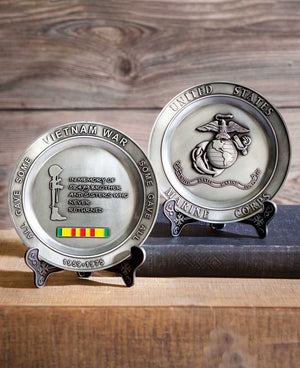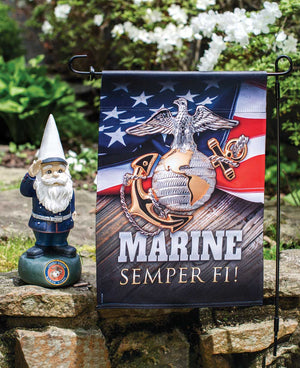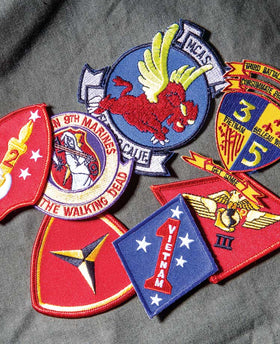Request a Catalog

Marines Test Future of Wireless Communications
Marines with 7th Communication Battalion, III Marine Expeditionary Force Information Group conducted field testing of a new Free Space Optics system at Camp Hansen, Okinawa, Japan, Aug. 21.
FSO is an optical communication system that transfers data on a highly secured and nearly undetectable infrared laser, separate from the radio frequency spectrum. The FSO allows for higher data rates compared to the current systems in the Marine Corps. This allows more users on a single network, and larger files, imagery and information to be transmitted.
“The FSO is technology which changes the dynamics of how Marines will support the demand for greater data throughout while not increasing the need for more radio frequency spectrum, an already constrained resource,” said Chief Warrant Officer 4 Jerome Foreman, a strategic electromagnetic spectrum officer with Headquarters Marine Corps.
Foreman explains everything from the battlespace to providing humanitarian aid is data-driven so, “ensuring warfighters are equipped with the information they need whenever and wherever they need it, is critical to mission success.”
The FSO is designed to be user friendly, lightweight and mobile. Marines can quickly learn how to set up and operate the system within minutes and are able to easily move the equipment to different locations, said Sgt. William Holt, a cyber-systems administrator with Marine Wing Communications Squadron 18, 1st Marine Aircraft Wing.
“When it first came up, we thought it would be a lot more difficult to set up and understand,” said Holt. “When the Marines heard ‘free space optics’ and ‘lasers’, they got nervous about that. Then when they actually got behind the gear and were able to operate it, it was easier than expected. Now we know any Marine, of any rank, is able to get the gear up and running.”
The Marines are working alongside engineers with the U.S. Naval Research Laboratory, the developers of the new FSO system. Dr. Linda Thomas, a senior research engineer with the U.S. Naval Research Laboratory, said they came to Okinawa to test how well the system works in variable weather conditions.
“We came out to Okinawa because it was one of the harshest humid environments with highly variable weather on very short time scales,” Thomas said. “It can go from being nice and sunny to torrential downpours. We are looking at how the system operates and handles these conditions and how we can better fulfill the needs of the future Marine Corps.”
Throughout the time of fielding this new technology the Marine Corps is already looking into real-world applications.
“We have it tied into just one system, but I can see this system actually expanding,” said Foreman. “Right now it is doing ground-to-ground communications, but I see it going ship-to-shore and even air-to-ground. This is a system we could actually fly over and send information down to the ground components in an instant.”
III MIG provides commanders the ability to integrate information warfare during their planning, training, and operations. One role of the III MIG is to field and test new information systems, which better equip the Marines during combat, training or support operations.







Comments
Leave a comment